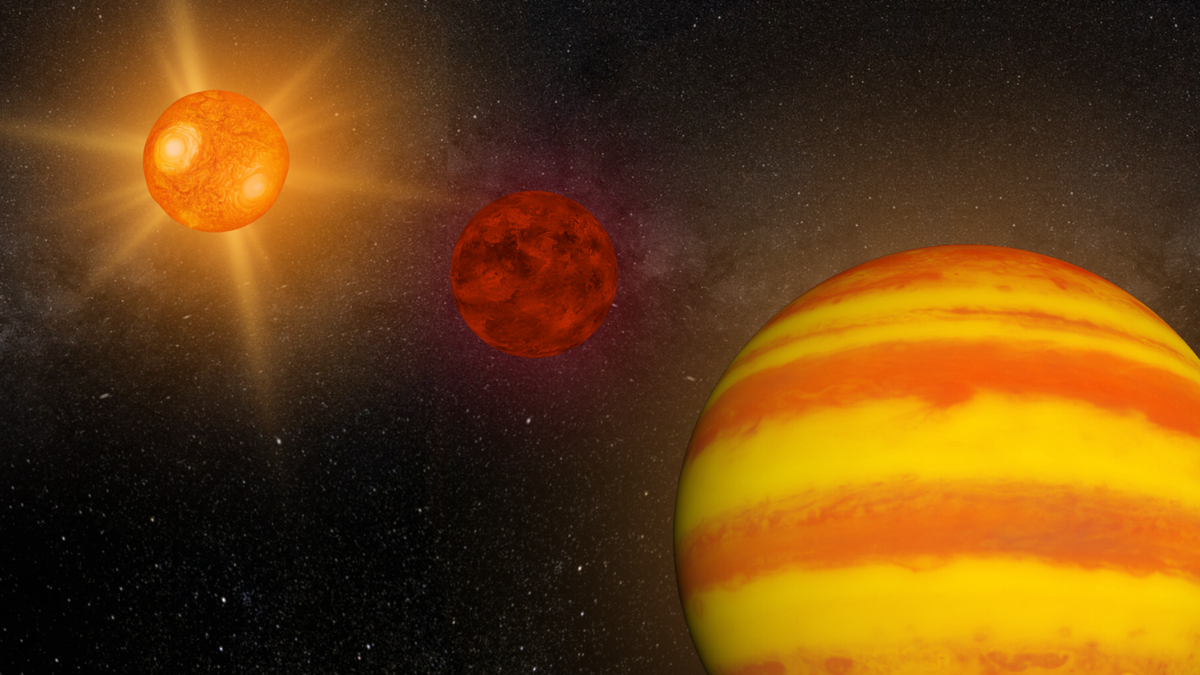The northern lights, or aurora borealis, are set to illuminate the skies over parts of Canada and the northern United States this weekend.
This celestial display follows a series of geomagnetic storms that have brought the aurora borealis into view far south of its usual range. These events are rare and offer a spectacular opportunity for stargazers to witness one of nature’s most stunning phenomena.
Best Viewing Locations and Times
According to the National Oceanic and Atmospheric Administration (NOAA), the aurora will be visible through almost all of Canada, as well as northern parts of the United States. Key states where residents may catch a glimpse include:
- Maine.
- New Hampshire.
- Vermont.
- New York.
- Michigan.
- Wisconsin.
- Minnesota.
- South Dakota.
- North Dakota.
- Wyoming.
- Montana.
- Idaho.
- Washington.
The likelihood of visibility is higher in areas along the U.S.-Canada border and much greater in Alaska and northern Canada.
The best chance to see the northern lights will be late Saturday night or early Sunday morning, typically within two hours of midnight when geomagnetic activity peaks. This time frame is crucial as the geomagnetic field interacts most strongly with solar particles, creating the vivid displays.
However, viewing conditions can be disrupted by several factors, including light pollution from urban areas and cloudy skies. NOAA advises that stargazers should seek out dark, rural locations away from city lights to improve their chances of seeing the aurora. The less light pollution present, the clearer and more vibrant the aurora will appear.
Geomagnetic Storms and the Aurora Borealis
The recent activity in the aurora borealis is attributed to a historic geomagnetic storm caused by a plasma eruption from the sun. This event, which occurred in early May, resulted in the northern lights being visible as far south as Florida, a highly unusual occurrence.
The National Oceanic and Atmospheric Administration issued its first alert in nearly 20 years over “moderately intense” geomagnetic disturbances. The aurora returned earlier this month following another geomagnetic storm, though the light show was not as widespread as the previous month. These storms are part of the sun’s 11-year solar cycle, which influences the frequency and intensity of geomagnetic activity.
NOAA describes the aurora’s brightness and location as typically appearing in a green oval, which turns red when the aurora is forecasted to be more intense. The intensity and color variations of the aurora are due to the types of gases in Earth’s atmosphere and their altitude.
Oxygen at higher altitudes (up to 200 miles) can produce red auroras, while at lower altitudes (up to 60 miles) it produces green. Nitrogen can produce blue or purplish-red auroras. Aurora can often be observed from just after sunset or just before sunrise, though it is not visible during daylight hours due to the overwhelming light from the sun.
Viewing Tips and Weather Conditions
To maximize the chances of viewing the northern lights, NOAA recommends getting away from city lights and finding a dark, open area with a clear view of the northern horizon. Ideal viewing spots are usually far from urban areas where light pollution is minimal. Observers should allow their eyes to adjust to the darkness, which can take about 20-30 minutes, to fully appreciate the light show. Using a red flashlight instead of a white one can help preserve night vision.
The aurora borealis is more than just a beautiful display; it is a visible reminder of the complex and dynamic relationship between the Earth and the sun. The interaction of solar wind with the Earth’s magnetic field not only creates these stunning visuals but also affects satellite communications and power grids. Understanding these impacts is crucial for both scientific research and practical applications.
The Science Behind the Northern Lights
The science behind the aurora borealis involves the solar wind—streams of charged particles ejected from the sun—and their interaction with the Earth’s magnetic field. When these particles collide with gases in the Earth’s atmosphere, they emit light. This process is similar to how neon lights work. The different colors are produced by different gases: green is the most common and is caused by oxygen molecules, while nitrogen can produce blue or purple hues.
The intensity of the aurora is measured using the Kp index, which ranges from 0 to 9. A higher Kp index indicates more intense geomagnetic activity and a greater likelihood of seeing the aurora at lower latitudes. For example, a Kp index of 7 might mean the aurora could be visible as far south as New York City.
The aurora borealis provides not only a visual spectacle but also a valuable tool for scientific research. By studying the auroras, scientists can learn more about the Earth’s magnetic field and space weather, which can have significant implications for satellite technology and communications systems.

Dr. Thomas Hughes is a UK-based scientist and science communicator who makes complex topics accessible to readers. His articles explore breakthroughs in various scientific disciplines, from space exploration to cutting-edge research.








